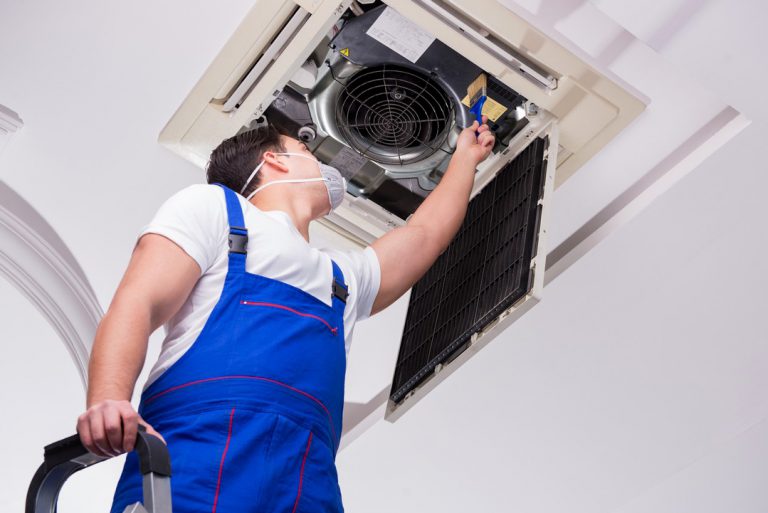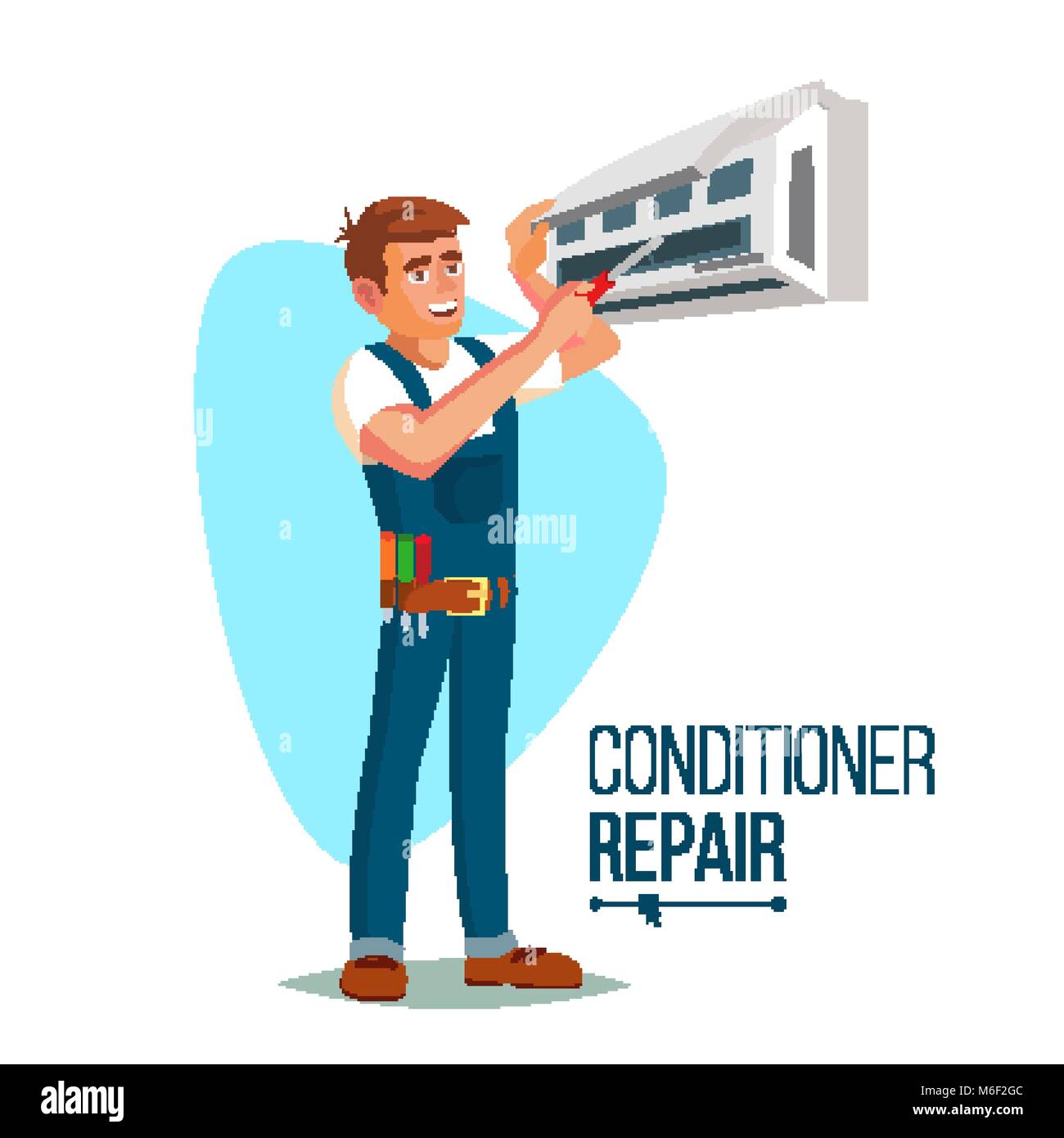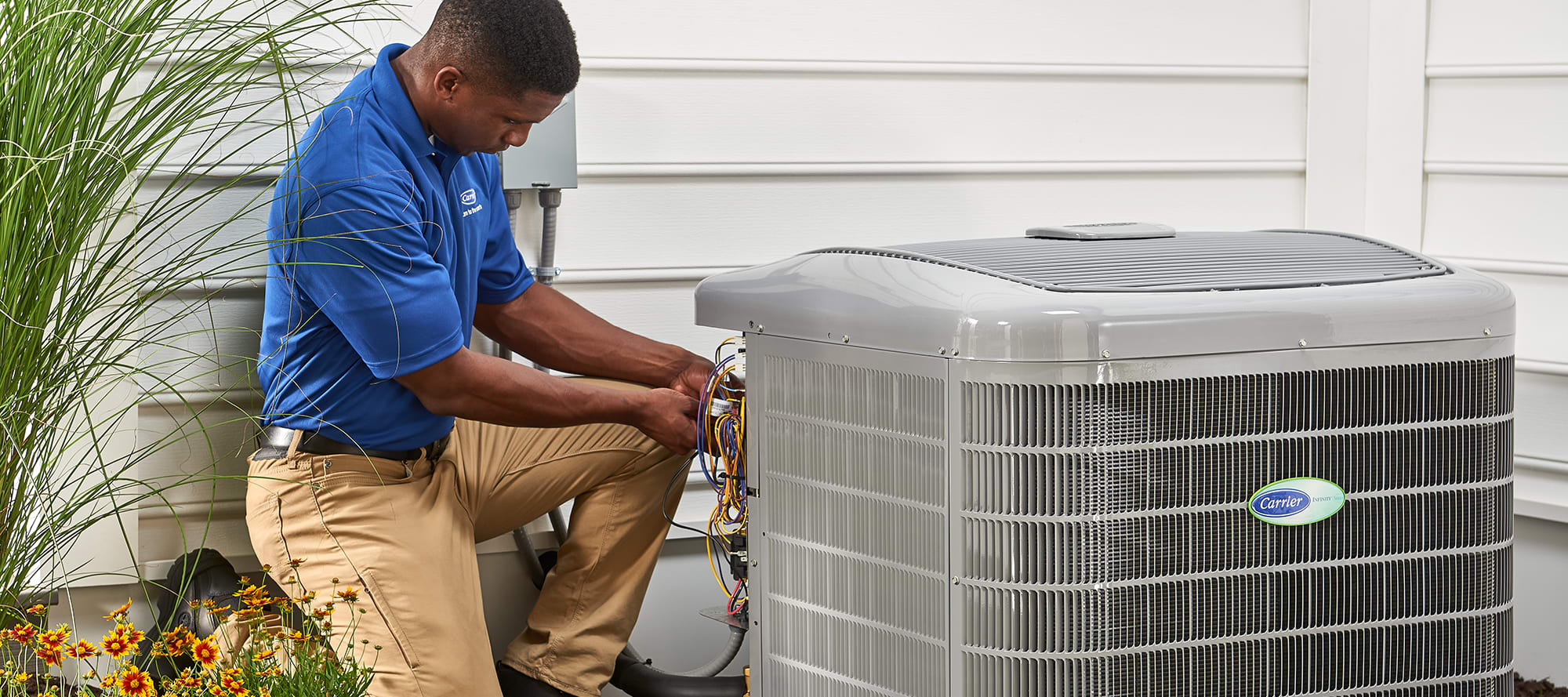When it comes to developing architectural areas, the old saying 'form complies with feature' applies. Yet have you ever before thought about just how integrating air conditioning into architecture can elevate comfort and effectiveness all at once?

The smooth blend of cooling systems within the structure of a structure not only influences the passengers' well-being however also affects the total sustainability of the framework. As you discover the elaborate connection between style and a/c, a globe of innovative remedies and cutting-edge technologies awaits your exploration.
Secret Takeaways
- Energy-efficient systems improve convenience and sustainability.
- Integrated cooling boosts indoor air top quality.
- Stabilizing looks and functionality ensures optimal layout.
- Future patterns concentrate on wise, sustainable air conditioning solutions.
Relevance of Integrated Air Conditioning
When creating spaces, incorporating a/c is important for guaranteeing the best convenience and capability. Power performance plays a vital role in the design procedure, as it not just minimizes functional expenses however also lessens the ecological impact of the structure. https://goldersgreenacinstallation.co.uk By including energy-efficient air conditioning systems, you can produce a lasting and affordable service that profits both the passengers and the world.
Furthermore, interior air top quality is an additional key variable to take into account when developing with integrated a/c. Correct ventilation and purification systems help preserve a healthy indoor atmosphere by decreasing contaminants and allergens. This leads to boosted owner health and wellness and productivity. When selecting cooling systems, prioritize those that offer innovative filtering technologies to improve the total interior air top quality.
Variables Affecting Style Decisions
Integrating a/c right into architectural styles calls for careful factor to consider of different elements that affect style decisions. When integrating a/c systems, sustainability factors to consider are essential to minimize the building's environmental impact. User experience plays a significant function in identifying the performance and satisfaction with the cooling system.
- Power Performance: Sustainable design practices aim to decrease energy intake, which not only benefits the atmosphere however also reduces operational prices for the structure proprietor.
- Indoor Air High Quality: Supplying a comfortable and healthy and balanced interior setting enhances the overall user experience, advertising efficiency and health.
- Visual appeals and Assimilation: Integrating cooling systems flawlessly into the architectural style guarantees that performance doesn't compromise the visual allure of the room, improving user fulfillment and general structure visual appeals.
Effective Cooling Down Approaches for Structures

To maximize cooling down effectiveness in structures, take into consideration incorporating easy style methods together with air conditioning systems. Passive air conditioning techniques can considerably decrease the requirement for mechanical air conditioning, bring about even more sustainable services for maintaining comfortable interior temperatures. Design features such as shading devices, natural air flow systems, and thermal mass can aid manage temperature levels without depending solely on energy-intensive air conditioning. By strategically positioning windows to maximize cross air flow or using reflective roof materials to reduce solar warm gain, you can harness the power of nature to cool your building successfully.
Along with passive techniques, carrying out lasting remedies like eco-friendly roof coverings or living walls can even more enhance cooling performance by providing insulation and minimizing warmth absorption. These functions not just assist in preserving comfortable indoor temperatures however likewise add to a greener atmosphere. By integrating passive cooling methods with sustainable remedies, you can develop an extra energy-efficient and environmentally friendly building design that prioritizes both convenience and preservation.
Stabilizing Looks and Capability

Consider the unified combination of visual aspects with useful elements in your building layout to assure a well balanced and impactful result. When integrating a/c systems right into your structure style, striking a balance between aesthetic appeals and capability is key to developing areas that not only look good however likewise provide excellent comfort for residents.
To achieve this balance, keep the following points in mind:
- Mix the System with the Environments: Ensure that the cooling systems or vents effortlessly integrate with the general visual of the space, whether through concealed positioning, attractive covers, or matching colors.
- Focus On Individual Experience: Design the air movement and temperature level control systems in a manner that focuses on the comfort and health of the owners. Take into consideration factors such as air circulation, noise levels, and simplicity of usage to enhance the overall customer experience.
- Include Lasting Practices: Choose energy-efficient cooling services that not just contribute to the visual charm of the structure but additionally promote sustainability and minimize environmental impact.
Future Patterns in Architectural Cooling
As you picture the future of architectural layout, staying abreast of arising air conditioning patterns comes to be essential for improving both kind and function within your tasks.
The integration of wise innovations into building air conditioning systems is readied to change the way structures are cooled down. These systems use data and automation to optimize power use, supplying tailored convenience while reducing environmental influence.
Lasting solutions are also shaping the future of architectural air conditioning. From passive layout techniques that make the most of all-natural air flow to cutting-edge cooling materials that reduce the demand for typical cooling, sustainability is at the center of cooling down advancements. Engineers are significantly integrating environment-friendly roofs, shielding components, and thermal mass right into their designs to produce more energy-efficient cooling systems.
Regularly Asked Inquiries
Exactly How Does Cooling Impact the Total Sustainability and Power Efficiency of a Structure Style?
When you incorporate air conditioning into building layout, it affects sustainability and power effectiveness. Energy intake can increase due to cooling usage, influencing building effectiveness. This boosted energy demand can have adverse ecological effects, decreasing general sustainability.
To alleviate these impacts, take into consideration integrating energy-efficient heating and cooling systems, appropriate insulation, and passive cooling techniques. Balancing convenience with power effectiveness is important for producing sustainable architectural layouts.

Exist Any Kind Of Laws or Certifications That Architects Required to Think About When Integrating A/c Into Their Styles?
When incorporating a/c right into your layouts, it's critical to think about regulative demands like building regulations and accreditation standards for energy effectiveness. Meeting these standards warranties that your project lines up with market ideal techniques and ecological goals.
Acquainting on your own with these regulations will help you in producing lasting designs that prioritize comfort while likewise decreasing power intake. Stay informed and certified to deliver projects that are both comfy and eco-friendly.
Can the Positioning of Air Conditioning Units Influence the Total Convenience and Functionality of a Room?
When it comes to a/c devices, placement matters a whole lot for your space's convenience and capability. Air blood circulation is vital, so avoid blocking vents or putting devices in tight corners.
Think about exactly how noise pollution can affect your environment and aim for a cosmetically pleasing arrangement that blends perfectly with your spatial layout.
Pay attention to where you position these systems to assure optimum comfort and efficiency throughout your room.
What Are Some Innovative Technologies or Products That Can Be Used to Improve Air Conditioning Equipments in Modern Architecture?
To improve a/c systems in modern-day design, you can check out smart controls and sustainable materials. Passive air conditioning techniques and using thermal mass are cutting-edge methods to boost effectiveness and comfort.
Just How Can Architects Ensure That the Layout of Cooling Equipments Enhances the Total Aesthetic of a Structure While Still Prioritizing Performance and Convenience?
To ensure the layout of a/c systems enhances a structure's visual, prioritize visual combination and style consistency. Include energy-efficient technologies for functionality. Balancing appearances and capability enhances passenger comfort.
Stress seamless integration of a/c components right into the architectural style. By concentrating on both appearances and power efficiency, engineers can develop a room that's aesthetically appealing, comfortable, and environmentally friendly.
Final thought
In general, when developing with comfort in mind, integrating cooling in style is important. By taking into consideration aspects such as reliable air conditioning methods, balancing aesthetics and performance, and remaining in advance of future trends, engineers can develop areas that aren't only visually appealing yet likewise comfy for owners.
It is essential to prioritize the wellness and convenience of those that'll be utilizing the area, and incorporated air conditioning plays a crucial duty in achieving this goal.
